It was Friday, 24 October 2025, when the stage adaption of Midsomer Murders: The Killings at Badger’s Drift opened at the Richmond Theatre — outside the Richmond Theatre, there was an expectant, bustling atmosphere. A mix of ages and dress codes – from smart casual to properly turned out – milled about the foyer, heading towards the stalls or making their way up to the dress circle with drinks in hand.
They had all come for the premiere of Caroline Graham’s Midsomer Murders: The Killings at Badger’s Drift on 24 October 2025, written and directed by Guy Unsworth – the first ever official stage adaptation of the iconic crime series. The Richmond Theatre in London marks the start of the Midsomer Murders stage tour 2025–2026, which will travel across the UK and Ireland.
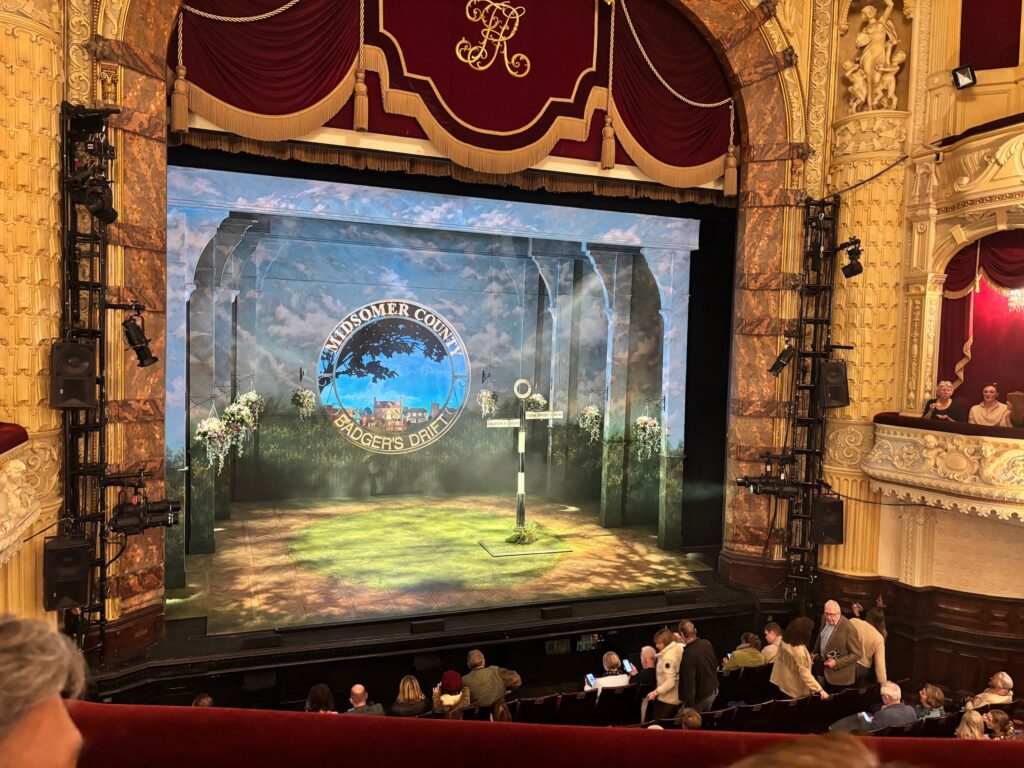
A Night in Midsomer
The Richmond Theatre, a rare well-preserved work by Victorian architect Frank Matcham, offers an immediate immersion into an era of classical theatre tradition. Its interior captivates with the typical Matcham aesthetic: a sea of deep red plush, accentuated by rich golden embellishments, creating an intimate yet festive atmosphere. Simply entering this environment is part of the experience and creates an elegant setting for any evening at the theatre.
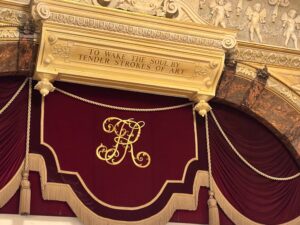
My eyes were drawn upward to the magnificent domed ceiling, where Shakespeare presides over four large plaster relief panels depicting scenes from Hamlet, A Midsummer Night’s Dream, King Lear, and Romeo and Juliet. But it was the Alexander Pope quotation inscribed there that truly caught my attention: ‘To wake the soul by tender strokes of art.’
Anyone who knows me will tell you I’m drawn to what’s not said, what resonates as subtext. (Already something in common with DCI Barnaby, then.) The quotation continues – though not inscribed above the stage – ‘to raise the genius, and to mend the heart.’ Pope understood art not merely as entertainment, but as something that heals, that preserves what is essential in us.
If medicine saves lives, then art saves souls. Not ‘souls’ in any religious sense, but soul as that truthfulness that transcends mere intellect and reason.
With that thought in my mind, the lights dimmed.
How to Wake the Soul by Tender Strokes of Art
Badger’s Drift is a model village that is regularly voted the most beautiful village in the county. It is quiet and has only two streets, and the residents love orchids, birds, Shakespeare and Jacobean tragedies, fruit wine, music, Classic FM… and tell the bees when someone has died. So quintessentially English, indeed. An all-round harmonious and almost organic community.
An outwardly harmonious, almost organic community. Were it not for… well, most people familiar with Graham’s work know what I’m getting at. And for those who don’t, I don’t want to spoil it.
The plot is closely based on the novel, although elements from the TV adaptation have been woven in – without giving too much away, this includes a certain four-letter word beginning with a ‘c’ and the use of ‘Midsomer’, which does not appear in the novel.
I was particularly pleased by this, as I’ve always valued Lucy Bellringer’s role in the novel – on stage she is superbly played by Julie Legrand. The same applies to Rupert Sadler, who plays the roles of Dennis Rainbird and Michael Lacey in the show. I could hardly imagine anyone coming close to Richard Cant’s portrayal of Dennis Rainbird in the TV adaption. However, Rupert Sadler proved me wrong with his magnificent performance, which combined dark humour and burlesque oddity.
In any case, the excellent chemistry between the cast members was evident throughout. Daniel Casey plays a wonderful DCI Barnaby – astute, pragmatic, with intellectual patience and a humour as dry as dust – often just a hint of mockery commenting on the absurdity of human behaviour. The same applies to James Bradwell, who embodies Sergeant Troy’s impulsive, less reflective nature, full of prejudice and stereotyping, order and clear hierarchies.
All the other cast members played several characters from Badger’s Drift and did a superb job. I have already mentioned Julie Legrand and Rupert Sadler, hinzukommen Nathalie Barclay, Chandrika Chevli, John Dougall, Chris Agha and Rhîan Crowley-McLean. I bow deeply to this achievement.

The stage shows a green area in the middle, with ‘Badger’s Drift’ and ‘Midsomer County’ written in the background. A traditional black-and-white fingerpost at the local village green shows the way to Causton and Ferne Bassett.
Flats on either side subtly give the stage a sense of depth and create three distinct areas; and the stage set can be swiftly reconfigured – by rope or rails and sheer determination.
What worked particularly well was Unsworth’s handling of the flashback sequences. Rather than conventional blackouts or scene changes, he uses a striking visual device. For example, Sergeant Troy holding a garden gnome stands frozen in lamplight, whilst the person that gnome represents appears in sharp relief elsewhere on stage. Past and present coexist – one in shadow and stillness, the other illuminated and alive – like every memory does.
And the staging of that double interrogation – Dickie Whitely and Barbara Lessiter (both played by Chandrika Chevli) questioned simultaneously on opposite sides of the stage – was brilliantly. The audience gasped, then laughed. I did too.
Wit, Shadows and Orchids
When I saw the stage design, I was somewhat surprised – not negatively, but genuinely surprised. For me, Graham’s descriptions of the Midsomer locations and their inclusion in the television adaptation give the places in Midsomer County a role of their own. Just as its villagers are allegories, the Midsomer village itself plays an allegorical role — shaped by the cultural memory of England in the interwar period (and again in the 1950s).
At first glance, the stage design may appear minimalist, but I would rather say that Guy Unsworth focuses on the essentials while still offering many lovingly crafted details. His choice has been achieved superbly, because – to return to Pope’s quote – it’s ultimately about atmosphere. This is also the principle I apply in my work when dealing with heritage sites: Not everything can be explained or grasped by the mind; some things have to be seen, felt or heard. That is what reaches us, stays with us and forms a memory. History — and what we often call ‘Englishness’, understood here as a cultural memory rather than an identity — is more than a sequence of events. It’s a living feeling that can be staged and experienced.
Although the English countryside is the central theme in the TV adaptation, Guy Unsworth wisely chooses to foreground Caroline Graham’s humour as the connecting thread – woven through the book, like Iris Rainbird’s dark threads through Badger’s Drift. Graham used this humour in a socially critical way to show the excesses of Thatcherism not in a blatant way, but subtly and subliminally. Even though Thatcherism is passé, her humour still works. Not through slapstick, but wry and sardonic, which is also reflected in the characters.
Take, for example, the popular, virtuous spinster (Emily Bellringer) or the Rainbirds, who organise a neighbourhood watch that Margaret Thatcher would surely have been delighted with.
But it is also a neighbourhood watch designed to secure for themselves a place in the upper middle class. They don’t quite belong there – after all, they live in a bungalow rather than a proper house. Accordingly, they are embedded in the story as deviants from the norm – not simply more unrestrained and morally reprehensible than the former suburb dwellers Lessiter and Whitely, but morally isolated, even though they have roots in Badger’s Drift – Emily Simspon was Iris Rainbird’s teacher.
Only with the character Lucy Bellringer am I not quite sure what allegory lies beneath. But I always have the feeling that she has something of an amateur sleuth like Jane Marple or Jessica Fletcher about her, in the best tradition of Golden Age detective fiction. Though I’m not sure, and it’s not a perfect fit.
A Smart and Sensitive Adaptation
My personal conclusion is already subtly evident throughout the text: I think it is a particularly apt adaptation by screenwriter and director Guy Unsworth. Having first fallen in love with the television adaptation and then the novels, I had the familiar greenery and landscape in my mind’s eye.
But for a stage adaptation, it simply makes so much more sense to focus on the essentials. This is rather clever.
Also, because this mixture of apparent minimalism plus the multi-layered attention to detail and allegorical characters means that no prior knowledge is necessary. Ideally, you don’t need to know the novel or have seen the pilot episode from 1997, but it is definitely also recommended for people who have never had anything to do with Midsomer Murders.
The performance ran for approximately two and a half hours, including interval, and ended with a standing ovation.
And my visit to the first performance was not my last visit during the UK & Ireland tour of Midsomer Murders: The Killings at Badger‘s Drift. It definitely has ‘woken my soul by tender strokes of art’.
More on the stage adaption of Midsomer Murders: The Killings at Badger’s Drift
More information about the play, tour dates and cast can be found on MidsomerOnStage.com.
The Midsomer Murders play continues to tour major theatres across the UK and Ireland from November 2025 through June 2026.
More about the stage adaptation of Midsomer Murders: The Killings at Badger’s Drift can be found here.
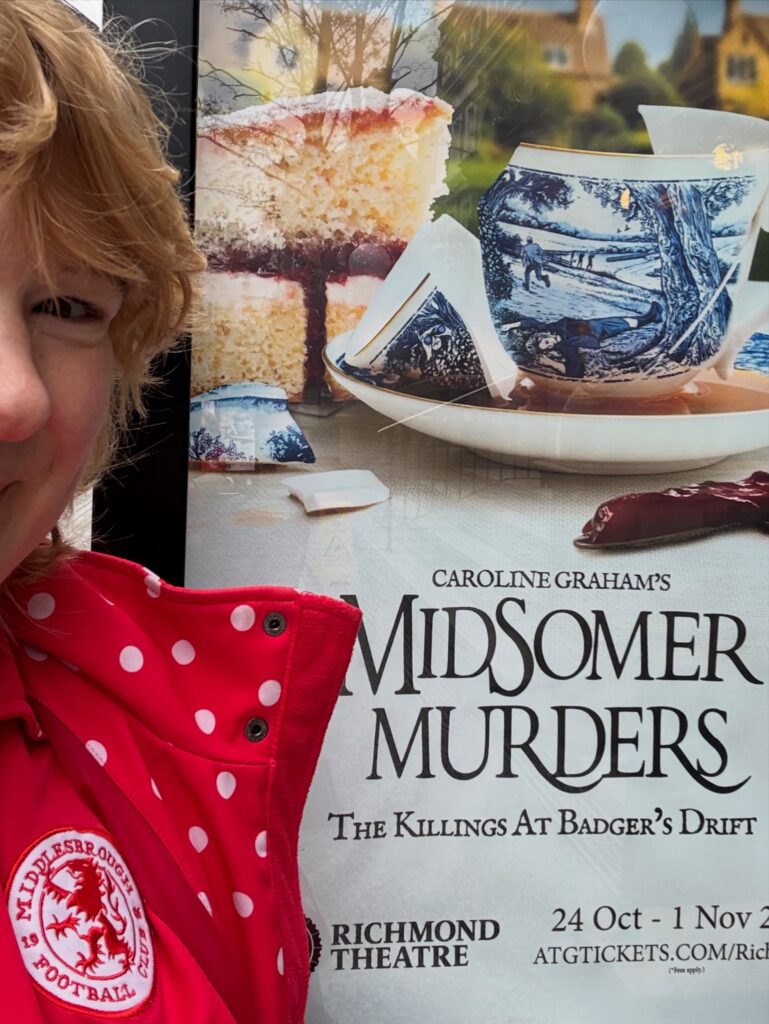

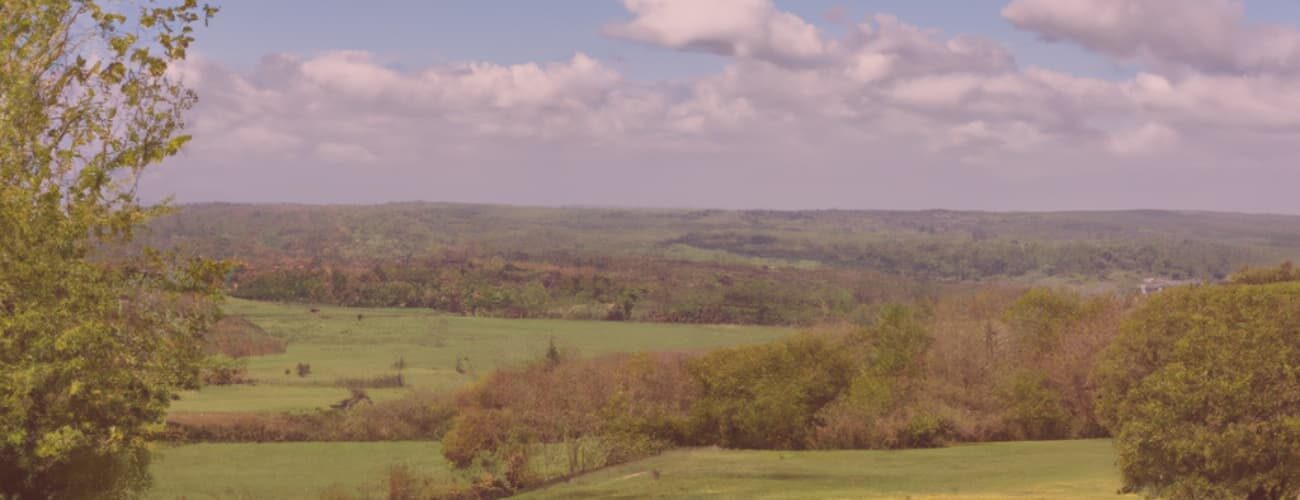
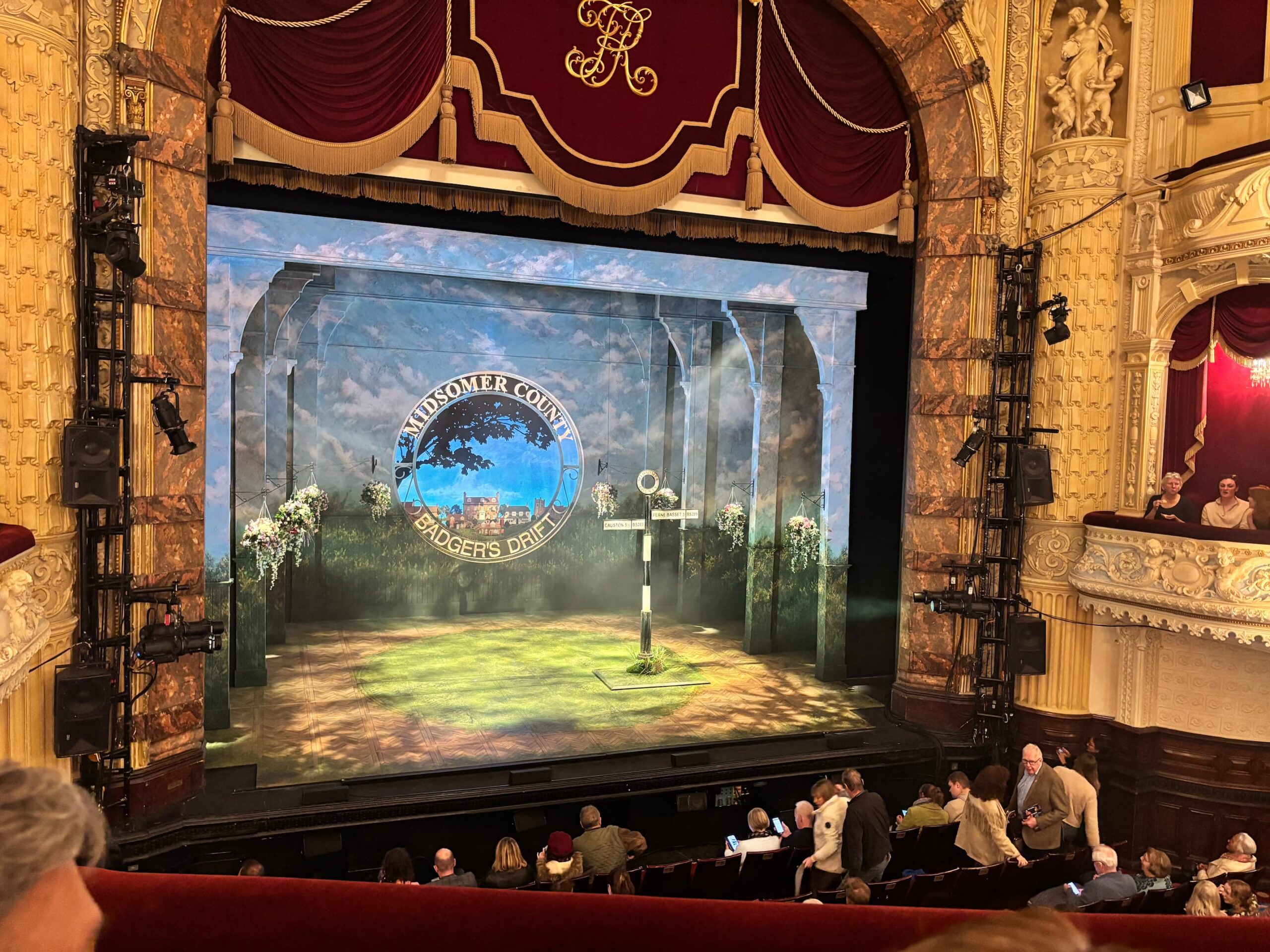
1 thought on “Midsomer Murders: The Killings at Badger’s Drift on stage – First Performance Impressions”